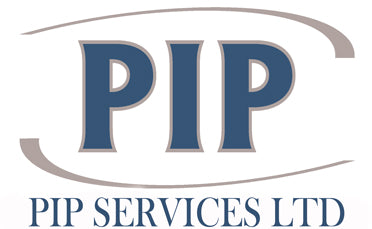The term ‘Personal Protective Equipment’ (PPE) refers to a wide range of gear and equipment that people can wear to protect them from specific hazards in the workplace and other environments. Effective use of PPE is essential for minimising the risk of injury and illness in certain places to ensure a safe working environment.
Different Types of PPE
There are various types of PPE with specific applications in occupational safety. Here we take a look at a few common examples to understand their importance for protecting the user.
Head Protection
Head protection is crucial in environments where head injuries might occur due to falling objects, low ceilings, or electrical hazards. The most common types of heat protection are as follows:
- Helmets and Hard Hats: These offer reliable protection against impacts from falling objects and overhead hazards. They are essential in construction sites, industrial settings, and warehouses.
- Bump Caps: In environments with a lower risk of impact, these offer basic protection against bumps and scrapes.
- Face Shields: These are often integrated with helmets. They are transparent and offer protection against chemical splashes, flying debris, and similar hazards.
Hand Protection
Hand protection can be critical for preventing injuries like cuts, burns and chemical exposure. Generally speaking, hand protection comes in the form of gloves, but there are various types:
- Leather Gloves: Suitable for general labour, protecting against abrasions.
- Chemical-resistant Gloves: Often made from materials like neoprene and nitrile, these shield the skin against harmful chemicals.
- Cut-resistant Gloves: These are essential in manufacturing and handling operations, preventing injury from sharp objects.
- Heat-resistant Gloves: Where exposure to high temperatures is common, these gloves protect against heat exposure.
Eye and Face Protection
Protecting the eyes and face from injuries is important in environments where flying particles, chemical splashes, or intense light are common. Here are some common PPE solutions for eye and face protection:
- Safety Glasses: These provide basic protection against flying debris and are often used in laboratories, workshops and construction sites.
- Goggles: Use these to get a higher level of protection against chemical splashes and dust, as they create a seal around the eyes.
- Face Shields: These offer comprehensive protection for the face against chemical splashes, flying particles and heat. They are often combined with safety glasses or goggles.
Hearing Protection
When noise levels are very high, hearing protection is important to prevent hearing loss and other auditory issues. There are several different types of hearing protection:
- Earplugs: Small, disposable or reusable plugs that fit tightly into the ear canal do block out the noise.
- Earmuffs: These are insulated and cover the ears for a higher level of noise protection. They are suitable for prolonged use in extremely noisy environments.
- Noise-cancelling Headphones: Used in conjunction with other hearing protection, these electronically reduce ambient noise.
Other Important PPE Solutions
There are a few other important types of PPE for some workplaces:
- Respiratory Protection: Things like dust masks and respirators protect against inhaling harmful dust, fumes, vapours or gases.
- Foot Protection: Things like safety boots, metatarsal guards and electrical hazard boots shield against foot injuries from falling objects, sharp materials or electrical hazards.
- Body Protection: This is needed in environments with hazardous chemicals, extreme temperatures or potential impacts. Options include coveralls, aprons and high-visibility clothing.
Why choose PIP Services for your health and safety consultancy?
We’re dedicated to providing the highest level of advice on all Health and Safety related matters and will assist companies in meeting their obligations. We offer a wide range of Health & Safety Services for a variety of clients. We represent many companies and deal with all of their Health & Safety matters.
We’re also an accredited CITB, NEBOSH, IOSH, IWFM & CITB training provider, as well as a ProQual-approved NVQ centre.
We also offer a business partnership programme offering a NVQ Level 6 Diploma in Occupational Health & Safety & NEBOSH General Certificate to help you become a health and safety consultant.
We are rated 4.9/5 on Trustpilot, and you can read our reviews here. If you would like to speak to us about your training needs, please get in touch using the button below.

